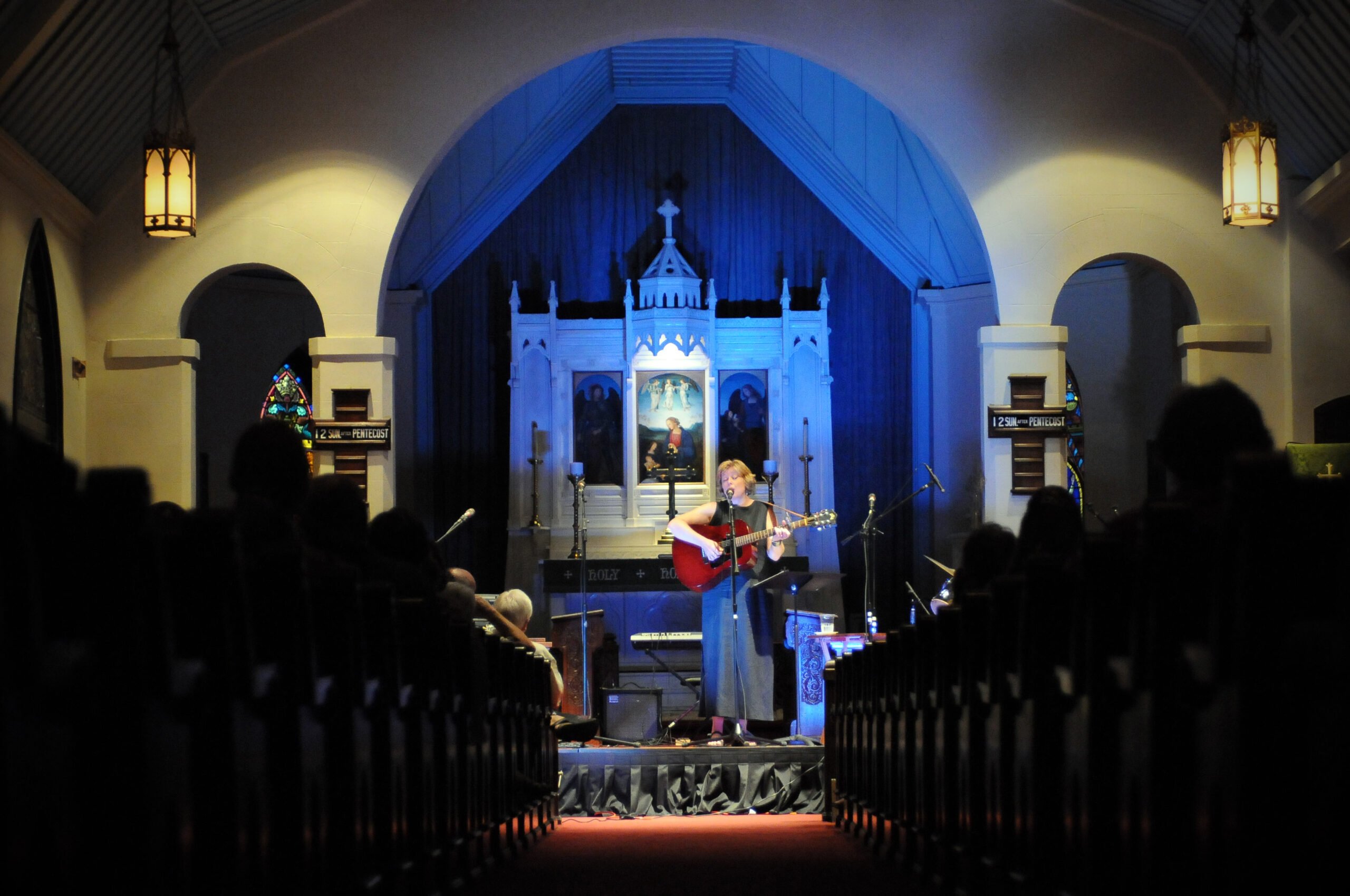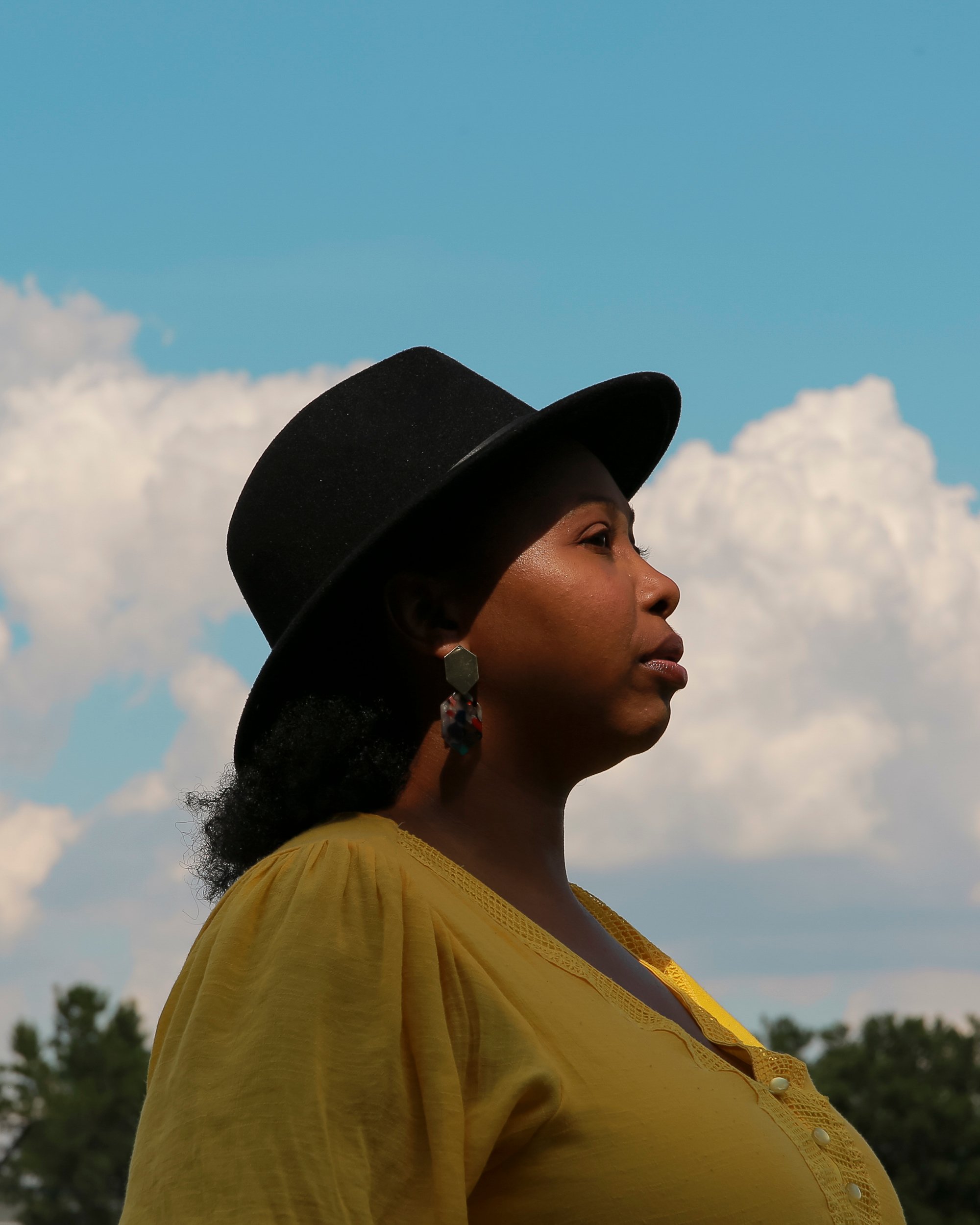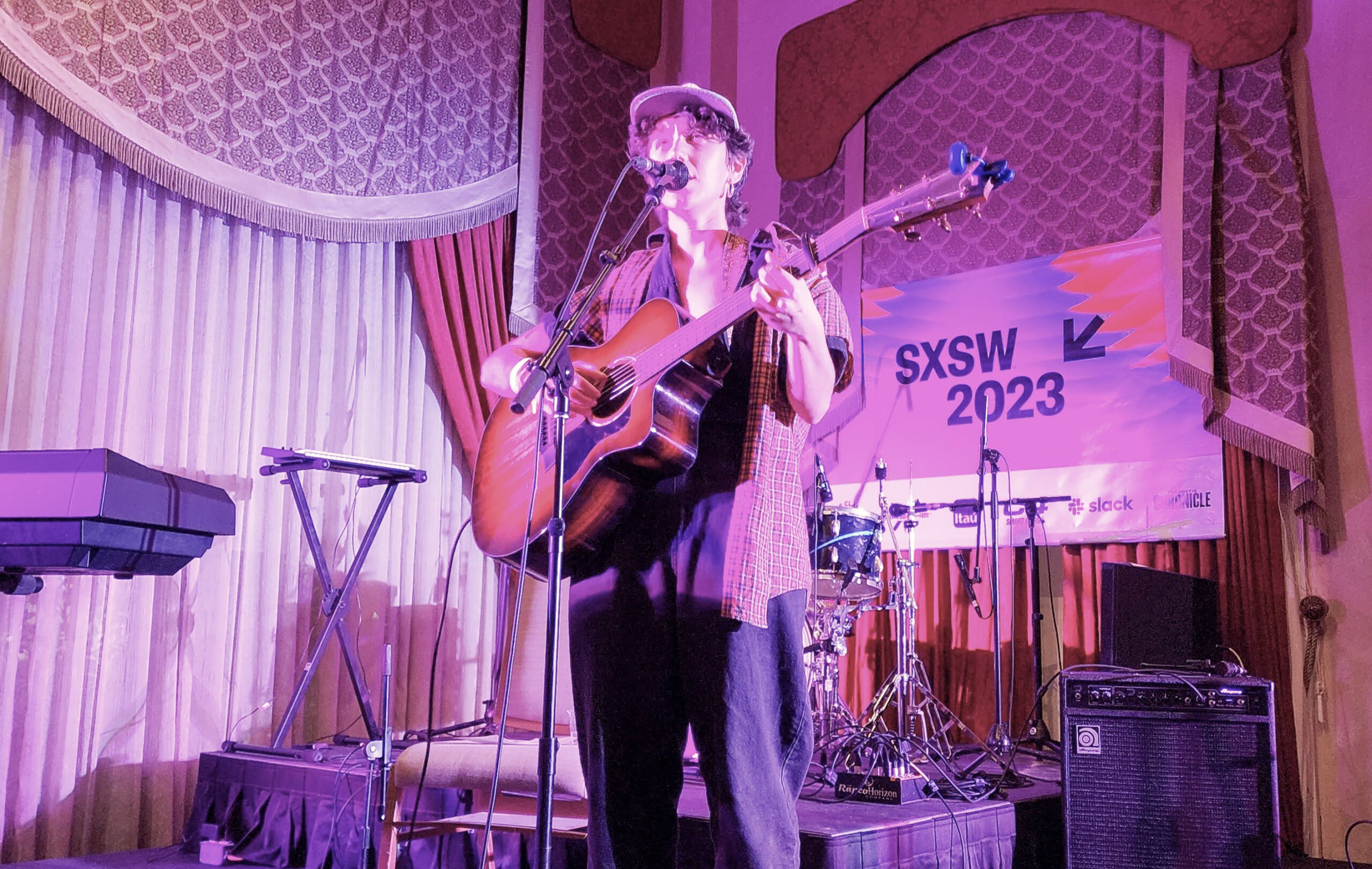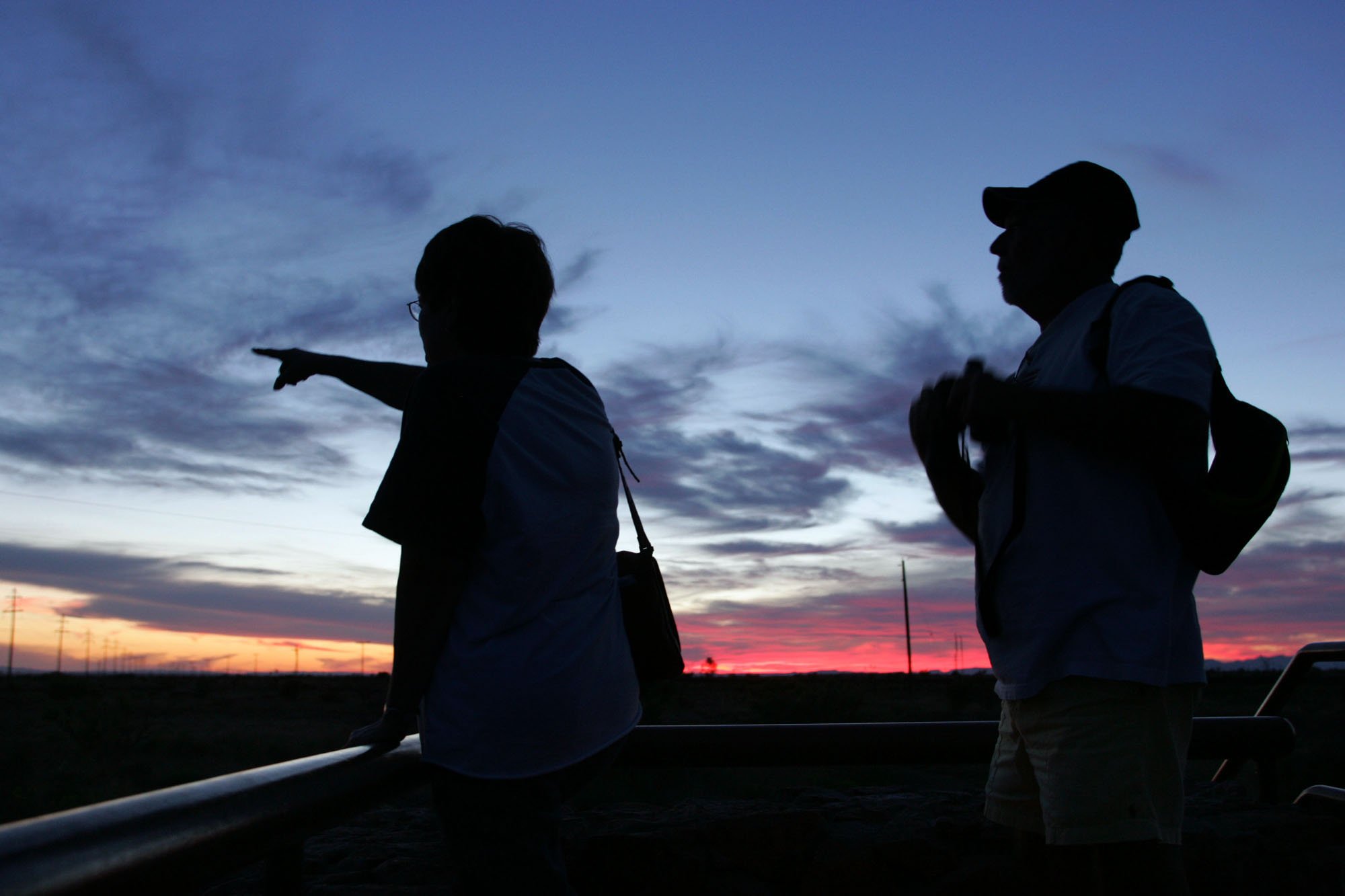
Calling All Marfans: Mystery Lights Inspire Annual Celebration
The annual Marfa Lights Festival brings together artists, tourists, and even Indigenous residents of the Big Bend region.
Marfa is full of contradictions. It has a population of less than 2,000, yet it attracts international tourists. It is located deep in the heart of the scorching west Texas desert, yet the weather remains cooled by its near-mile high elevation. And although the skies are some of the darkest in Texas, locals and visitors alike marvel at the mysterious lights nine miles east of town.
They are known as the Marfa Lights, and they are an optical phenomenon that would make even Isaac Newton scratch his head. He would probably agree with current skeptics and say that they are nothing more than a mirage caused by the passing of car headlights or desert campfires; others swear that they are intelligent beings. Whatever they are, these beautiful will-o-the-wisps have inspired wonder, tall tales, and Marfa’s annual festival.
Marfa will celebrate the 35th annual Marfa Lights Festival from September 2-4. It will include retail vendors, live music, and special performances by the Ballet Folklorico and MXTX: a Cross Border Exchange, a musical collaboration involving more than 40 performers. According to Abby Boyd, the president of the Marfa Chamber of Commerce, the first festival was a way to bring entertainment to the small town, but it evolved into something more.
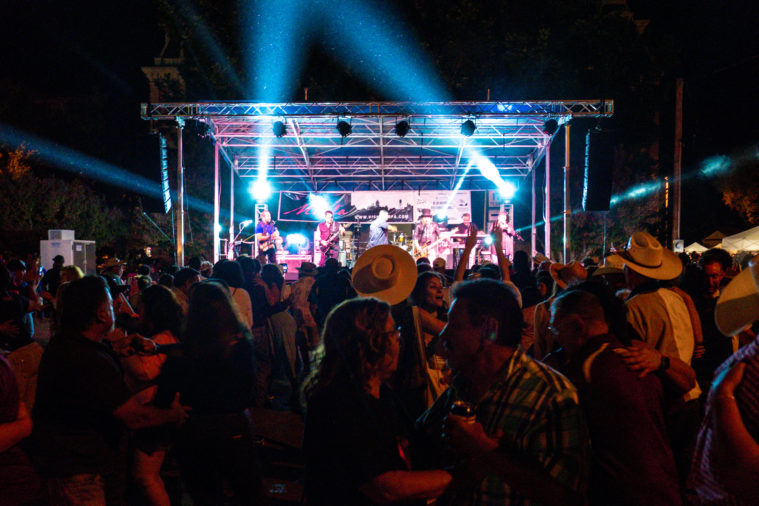
“They wanted to provide fun for entertainment-starved locals, and they wanted a reason for people to come back,” Boyd said. “It’s a huge draw for people from Marfa who moved away.”
Boyd is quick to note that while the Festival does draw in its share of tourists, but locals use it as an annual way to connect.
“Now people use the festival as a way to have family reunions. This is when they choose to get together.”
This is the second year that the city has relaxed its restrictions in wake of the COVID-19 pandemic. Marfa is part of Presidio County, which has the highest vaccination rate of all the counties in Texas. Boyd pointed out that Marfa is three hours away from the nearest hospital and, because of its remote location, many residents chose to get vaccinated.
“We literally had nowhere to go if someone got sick at the height of the pandemic.”
“We literally had nowhere to go if someone got sick at the height of the pandemic,” Boyd said. “When someone passes away, you know that person or you know someone who knows that person. There’s nowhere where the loss is not felt. Because of that, we really take care of each other.”
For the second year in a row, the Festival has provided a way for people to break the pandemic isolation. In a town as remote as Marfa, separation was difficult to bear.
“The pandemic affected our sociability in a small town, so coming back together as a community is a really beautiful thing. It’s a really sweet thing to reunite, seeing neighbors that you haven’t seen as much.”
It’s not just locals who have used the Festival to unite with each other and distant relatives. The Jumano Nation, a tribe native to the Big Bend region, has seen an increase in tribal applications because of the Festival. Last year, the Jumano Nation led the Marfa Lights parade and will do so again this year. According to Jo Ann Rodriguez Betancourt, the Tribal Chair of the Jumano, leading the parade is a way to bring awareness to the tribe.
“It’s been thought that we’re extinct for a long time,” Rodriguez Betancourt said. “It’s documented in several articles, but the truth is that we’ve all been here.”
Rodriguez Betancourt explained that the time of colonization of Texas by Anglo settlers was a period in which many Jumano faced social and economic pressure to assimilate, so bringing awareness of the tribe to the world is especially important.
“People fled or denied their heritage. It was safer to say that they were Mexican than it was to say that they were Native American. As Mexican, you were accepted more easily, could get jobs more easily. Some just scattered,” Rodriguez Betancourt said. “The Marfa Lights Festival has been a good platform to get information out there about Jumanos, and the community has embraced us.”
“It’s been thought that we’re extinct for a long time.”
Rodriguez Betancourt said that thanks to DNA testing, people are discovering that part of their ancestry comes from the region. New technology can determine the rough geographic area and therefore, more people have identified as Jumano.
“People showed native DNA and they wanted to find out what they could be,” Rodriguez Betancourt said. “They’re looking for answers, somewhere to belong to.”
The Jumano Nation leading the parade last year united people who identify as Jumano from all over Texas.
“When we were first asked to lead the parade, it was only meant to be one family,” Rodriguez Betancourt noted. “But then I had other people reach out to me that weren’t direct family members. We took them in.”
Rodriguez Betancourt’s goal is to spread awareness of the Jumano Nation, but she extends the invitation to any who may identify as Native, regardless of their specific tribe.
“Also, to anyone who identifies as Indigenous, they are more than welcome to come and march with us.”
The Marfa Lights Festival is a way of uniting people—neighbors, tribes, and nationalities. Boyd said, “We get visitors from literally from all over the world. We get Paris, Japan, Russia, Jerusalem; anywhere and everywhere you can imagine. It draws people from everywhere.” Even so, “It’s got a feeling of everyone’s welcome, everyone’s neighbors.”

